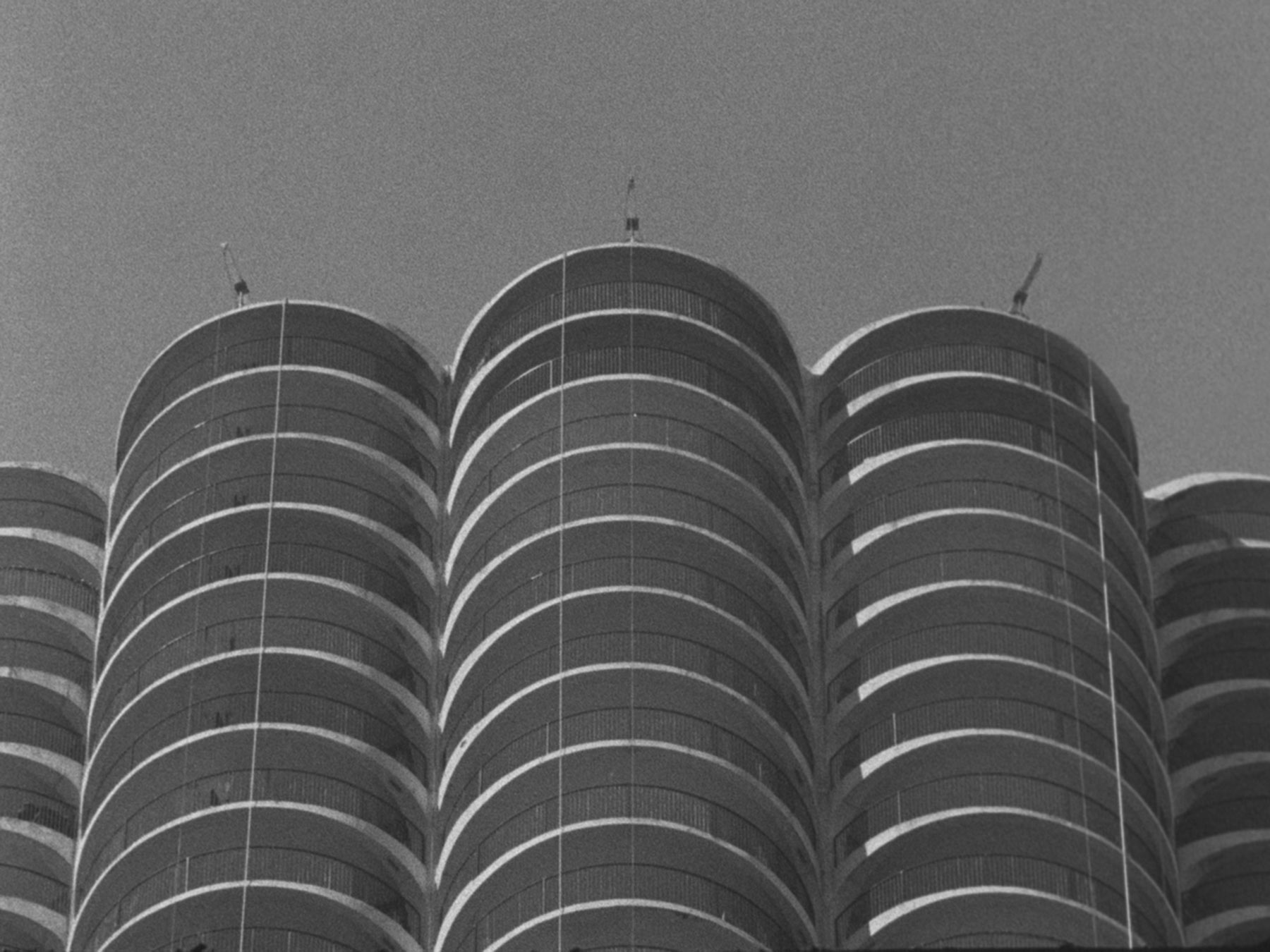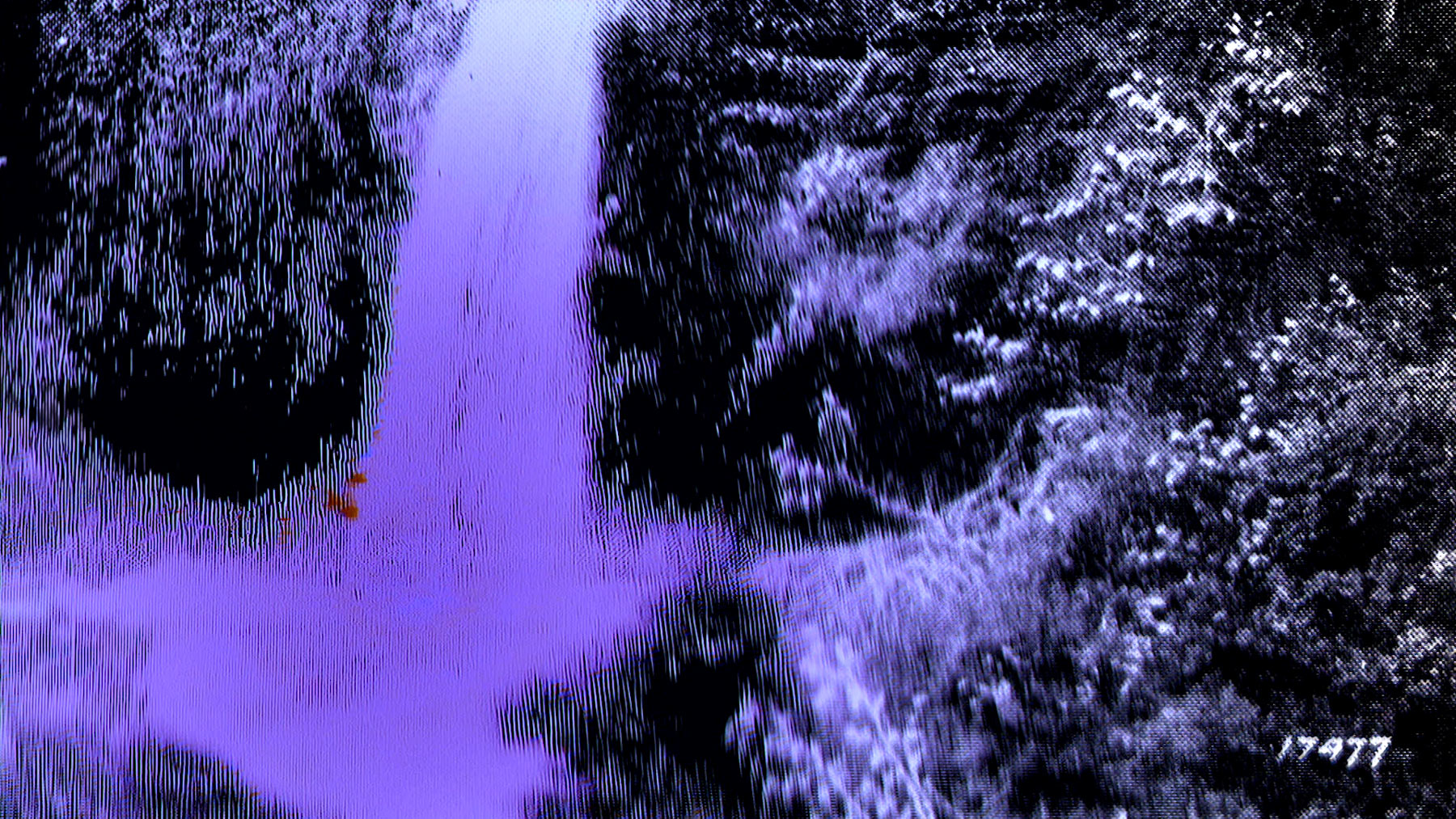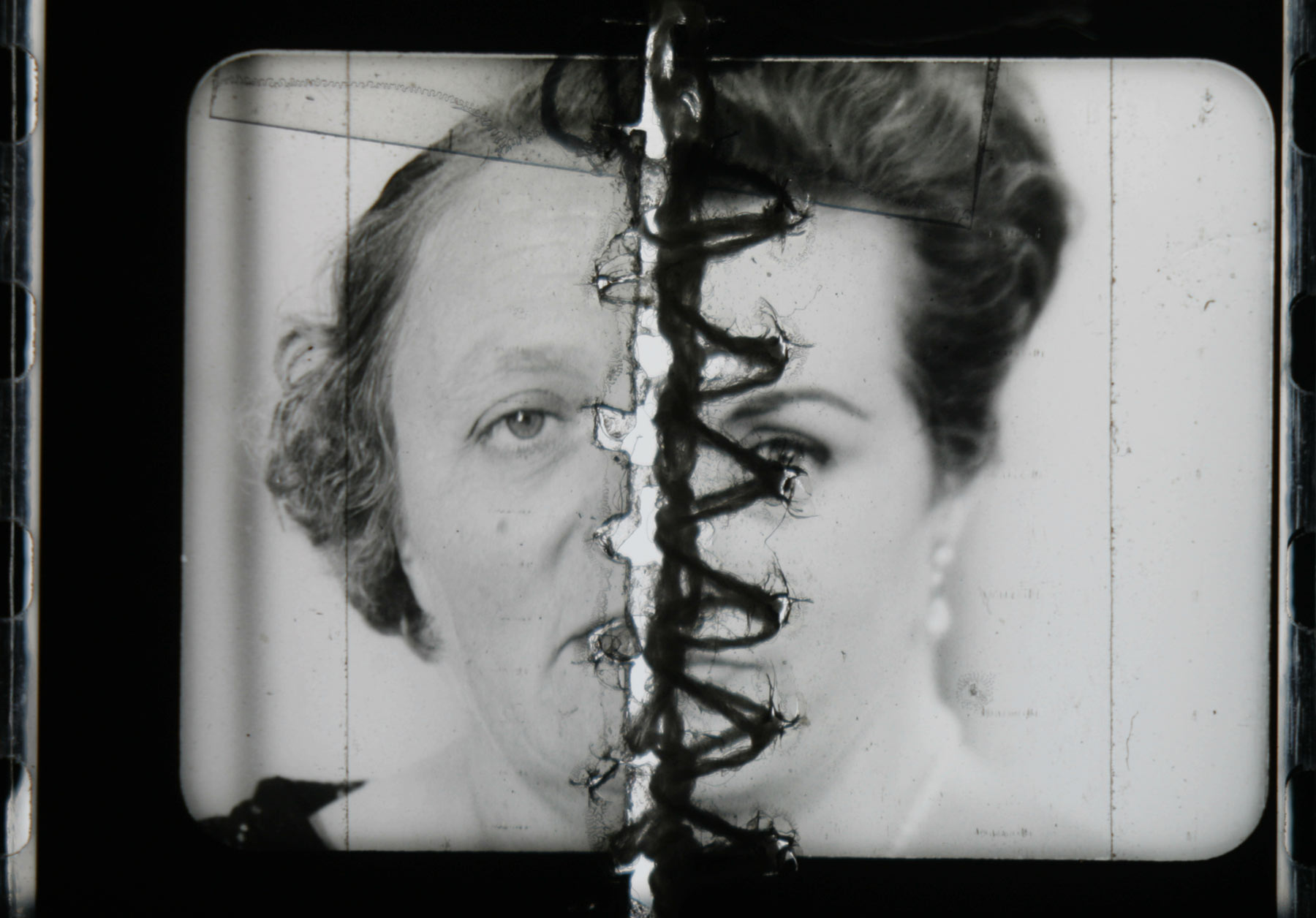Selection #11
49 mins
In attendance: Richard Ashrowan, Michael Fleming
Weaving together presence and absence, the act of representation always involves both a repetition and a substitution of the original object. The works in this programme find a generative impulse within this paradoxical tension, employing analogue and digital techniques to explore the image as a site of mutations, an unstable body open to cloning and transplants. Starting with a placid meditation on daffodils and film formats and ending with brutal acts of found footage surgery, we are lead through a set of variations, re-enactements, replicas, feedback loops, where repetition emerges as an agent of difference and disruption, producing dis-identities and unpredictable proliferations.
T.I.
Repeat / Replace
49 mins
In attendance: Richard Ashrowan, Michael Fleming
Weaving together presence and absence, the act of representation always involves both a repetition and a substitution of the original object. The works in this programme find a generative impulse within this paradoxical tension, employing analogue and digital techniques to explore the image as a site of mutations, an unstable body open to cloning and transplants. Starting with a placid meditation on daffodils and film formats and ending with brutal acts of found footage surgery, we are lead through a set of variations, re-enactements, replicas, feedback loops, where repetition emerges as an agent of difference and disruption, producing dis-identities and unpredictable proliferations.
T.I.
Sun 26 May
19:00h / ACUD KINORichard Ashrowan
Substitute
Scotland, 2018, 6' 50'', 16mm & video > HD video, colour/b&w, sound, European Premiere

A question of daffodils, or representation as substitution, or substitution as representation, a film haunted by what remains unsaid and unseen. Some daffodils are observed by a filmmaker, inside and outside, imprinting them upon two different 16mm film stocks, one digital camera and some old lenses... some kind of disturbing anthropomorphic intimacy seems to emerge. "When on my couch I lie / In vacant or in pensive mood / They flash upon that inward eye" said Wordsworth once. Can daffodils be a substitute for joy? In the end, perhaps the daffodils succeed, in and of themselves.
Curtis Miller
Do It Again
USA/Germany, 2018, 8' 43'', 16mm > HD video, b&w, sound, German Premiere

Do It Again combines three moments of shared looking at Chicago's Marina City; the climatic scene from Buzz Kulik's The Hunter, a re-enactment for an All-State Commercial, and a tight-rope walk of Nik Wallenda.
Anamika Singh
Landscapes Without Bodies
Lebanon, 2019, 12’, HD video, colour, sound, Berlin Premiere

When Osama Bin Laden’s compound was demolished in 2012, A BBC article stated, “No official reason for the demolition has been given. Residents around the compound have speculated that authorities do not want it turned into a shrine.” A search for the compound will yield replicas in the United States, China and Afghanistan. As sites are sanctified and weaponized through military violence, where do their replicas and speculative traces stand? What grows in the voids left by methodical demolitions and a body without a grave?
As memorializations become heavily digital and open source, they become sites of entanglement, more accurately mirroring the tangled links and repetitions of violence itself. ‘Landscapes without Bodies, 2019’ maps a landscape within which the formal and informal methods of memorialization collide. An emotional echo examines the power of informational gaps amongst the backdrop of various sites linked to bin Laden. Inquiring into patterns of violence catalyzed by their own memory, the film speculates on possibility of preventing the reconjuring of violence through phenomenological and collisional assemblies of memory.
Part of an ongoing project, Landscapes Without Bodies is park of a developing body of work around the normalization of military violence and presence through an inquiry into memorials, replicas and digital shrine hood.
Paul Echeverria
Mobile Devices
USA, 2017, 5' 10'', HD video, b&w, silent, European Premiere

American bison have roamed the North American plains for thousands of years. Modest historical estimates suggest that, at one point, 24-million bison inhabited the continent. This number began to decrease with the arrival of non-native settlers and the European subspecies Equus ferus caballus, otherwise known as the domesticated horse. The introduction of the horse initiated an existential threat for the bison. Horses provided humans with increased range and speed. Although humans were responsible for the act of hunting, the destruction of the bison was vastly influenced by the arrival of the horse.
By the late 1800’s, the North American bison population was close to extinction. During this period, the presence of the horse, once again, originated a profound and lasting cultural influence. In the 1870’s, Eadweard Muybridge captured multiple photographs of the prize horse Occident. The photographs were highly influential in the development of motion picture technology and, by extension, introduced humans to modern forms of media technology. Once more, the fluid movements of the horse would have a dynamic impact on how humans related to the natural world.
The arrival of digital media has augmented our relationship with space, time, and memory. Mobile Devices questions this delicate relationship between digital technology and humans. Using Muybridge’s original photography as source material, the short film employs glitch-generated visuals to illustrate our accelerated acceptance of technology. Will these unassuming devices continue to enhance our present state of existence or will they expedite the destruction of our precious human nature?
Scott Kiernan
Horse Tail Falls
USA, 2018, 6' 29'', HD video, colour, sound, European Premiere

Performed by hand-mixing feedback loops and wipe effects on a video mixer in real-time, Horse Tail Falls deconstructs a found photograph of an idyllic Catskills waterfall by drawing a connection to an unrelated falls 3000 miles away which shares its namesake. This other “Horsetail Falls” is known as the “firefall” for the way in which it glows a bright, fiery red under rare lighting conditions. As the video progresses; scans, zooms and pans pair with a crescendoing sound sample of “flies on a horse’s ass” to reveal latent details within the photograph.
By the end all comes full circle, as wipe patterns create the illusion of a swarm multicolored flies' wings to overtake the frame. Or perhaps these wings are just overlapping corners in a stack of photos tossed onto a tabletop…
Michael Fleming
Never Never Land
Netherlands/USA, 2018, 9', 35mm > HD video, colour, sound, German Premiere

Never Never Land is about our obsession with physical perfection, our domination and wanting to control everything. Not only being the perfect human being but also creating him. Chance is replaced by choice. This idea that all is possible and engineerable arises the belief that even our fantasy is realizable. ‘Shaping my life’ this becomes our individual main goal; our life as a project. In our greedy 'me-itis' we want to fully explore ourselves, create our ultimate dream. Our demand to be 'Homo Perfectus', being Superman, the DIY-made Uber-God 3.0!
SCHEDULE 2019
Thu 23
20:00h / ACUD STUDIO
Selection #1
Summoning Bell
21:15h / ACUD GALLERY
Live performance
Ojoboca
External Shudders
Fri 24
16:30h / ACUD HOF
Opening
Books, Magazines, Sound
Occulto Programme
17:00h / ACUD STUDIO
Selection #2
Through a Glass, Darkly
18:30h / ACUD STUDIO
Selection #3
Melodramas of Futility
19:30h / ACUD KINO
Selection #4
Photosynthesis (Alchemies of Light)
21:00h / ACUD KINO
Selection #5
Heterotopias
22:30h / ACUD KINO
Selection #6
Frameworks and Translations
Sat 25
15:00h / ACUD HOF
Panel Discussion
Occulto Programme
17:00h / ACUD STUDIO
Selection #7
Taxonomic Encounters
17:00h / ACUD HOF
Books, Magazines, Sound
Occulto Programme
18:30h / ACUD STUDIO
Selection #8
Echoes for Revival
20:00h / ACUD KINO
Special Programme
Expanded
Painlevé
23:00h / ACUD CLUB
Live Music & DjSet
Occulto Clubnight
Sun 26
13:00h / ACUD HOF
Books, Magazines, Sound
Occulto Programme
with brunch
16:00h / ACUD STUDIO
Selection #9
You Are Here
17:15h / ACUD STUDIO
Selection #10
Unnatural History
19:00h / ACUD KINO
Selection #11
Repeat / Replace
20:45h / ACUD KINO
Selection #12
Ghosts of the Market
22:00h / ACUD KINO
Selection #13
Notes on Gestures